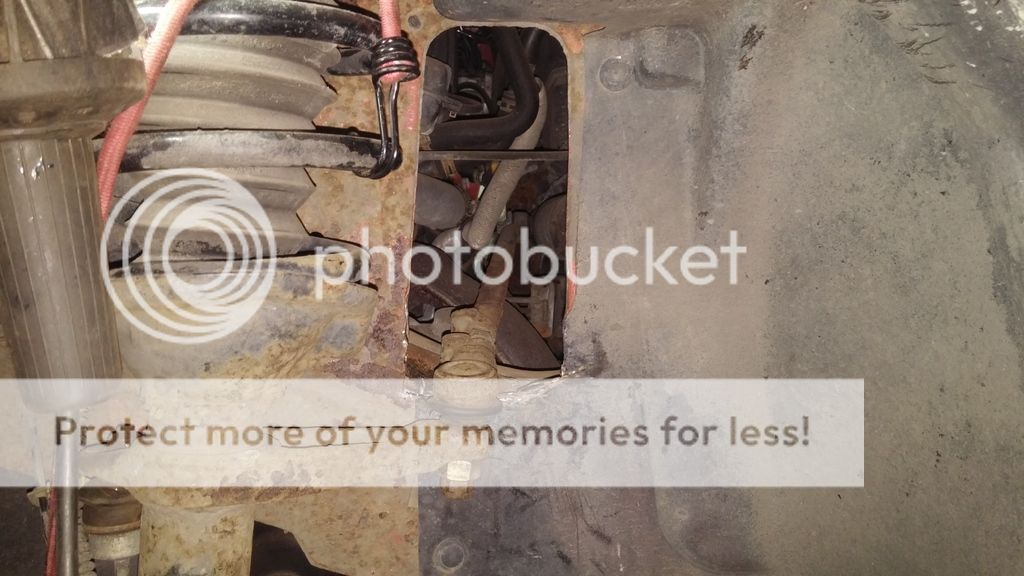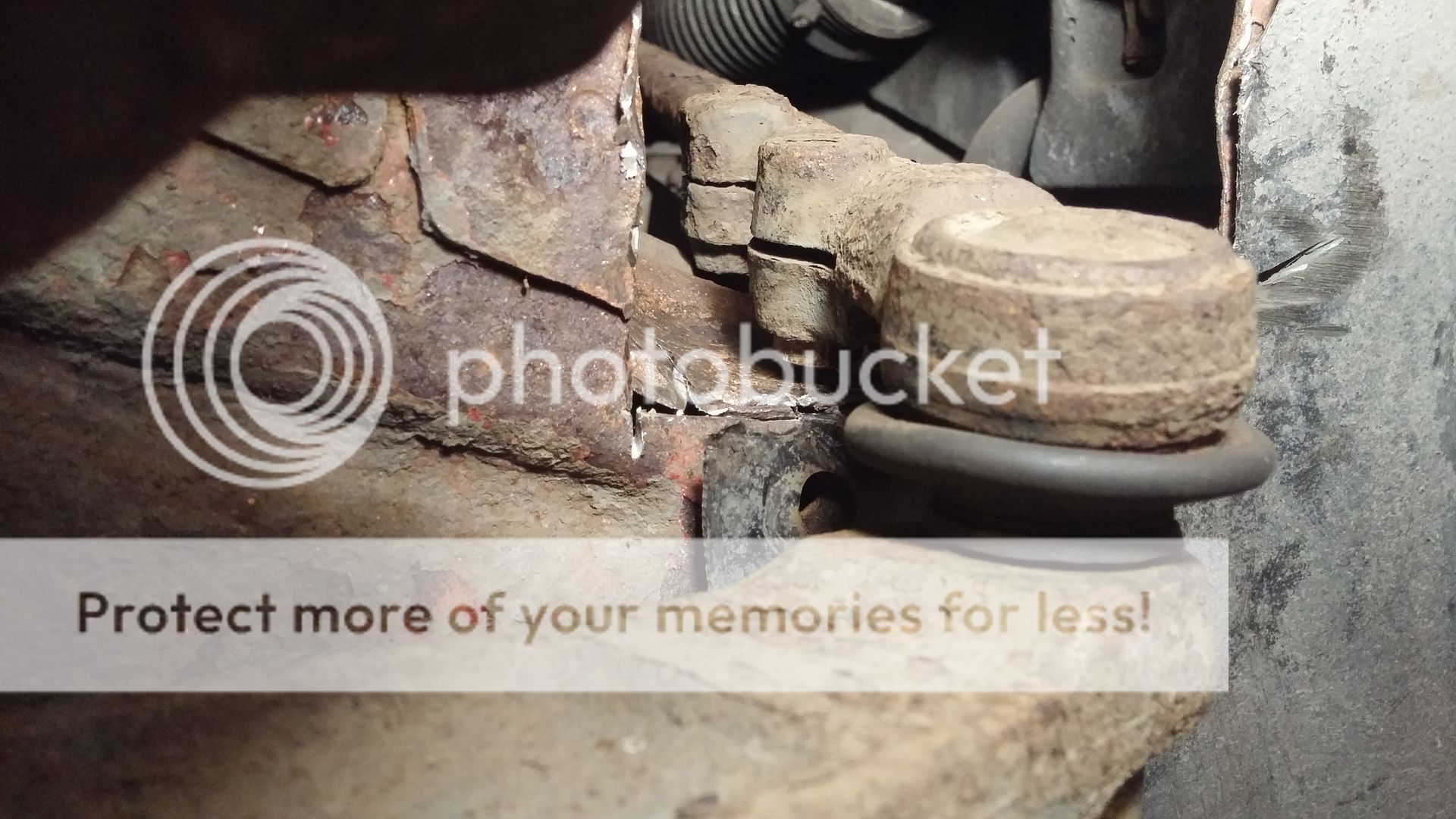Here's a question on the original lift-kit topic. With a 2"/50mm lift are there generally any issues with the steering arms fouling or with their angle?
I understand that an alignment would be in order, but is there anything else to be aware of? (I do have camber bolts)
Below taken from my build thread.
Here are my pearls of wisdom/stupidity/experience (delete as appropriate)
First if unless you really really need that extra 10mm then don't bother. Buy the 40mm kit instead and you will still need to cut some metal but not (so I'm told) the chassis rail.
Tools required
Long breaker bar
Hex socket set. (don't even think about doing it with a 12 point set)
Torque wrench
Big hammer, preferably ball pein.
Grinder
5mm Good quality allan key
Spanner set
Ball joint splitter
Spare parts required (probably)
Track rod ends
Drop links
1. Jack the car up and remove both front wheels
2. Turn the wheel full lock both ways and measure down 55mm from the track rod end bolts when at their lowest point then mark where you need to cut.
3. Sit back and stare in disbelief that you need to cut quite so much, think about it for a while then weep a little at your stupidity.
Passenger side.
4. Remove the clip holding the brake line to the strut and the abs cable.
5. Remove the track rod end nut and bash it out.
TOP TIP, Put a sledge hammer or similar heavy lump of metal on the arm beside the TRE so that when you bash the bolt you've half a chance of getting it out without damaging the TRE. It helps prevent the arm flexing every time you bash with the hammer, If you're very lucky you won't damage the TRE but as you'll probably need a ball joint splitter don't bet on it.
6. Remove one end of the drop link. (doesn't matter which)
7. Remove the two big bolts at the bottom of the strut which will free up the wheel hub.
8. Disconnect the battery.
9. Open the fuse box and remove the three nuts holding it and the bolt holding the electrical connection and pull the fuse box out of the way.
10. On the TD4 you have another bolt to remove as a sensor (or something) is in the way
11. Pull out the plastic clip holding the two fuel lines to the chassis arm and push them out of the way.
11. Remove the plastic cover and the three bolts on the turret strut then the strut should drop out fairly easily.
12. Bolt the new lift kit onto the strut and set it to one side.
13. Cut out the metal facing you that you marked earlier while trying not to cut too far across the chassis rail. Pay more attention to the forward edge as that is where the bolt on the TRE will catch when on full lock.
14. Take your big hammer and start bashing the chassis rail down to the new level. It needs to be fairly level from your new edge to at least half way across the width of the chassis rail.
15. Once you've bashed the Bejesus out of the chassis rail and are happy it is low enough, then refit the strut and the bottom bolt but not the top one and don't tighten up the TRE. A jack under the brake disk will help getting it in position.
16. Fit the new top camber bolt with the camber pushing the top of the strut in. I had to cut the tab off my camber bolt washer as it fouled the edge of the strut.
17. Push the TRE into it's hole with a gentle tap from a hammer then take the nut from the old bolt and and use it as a spacer on the TRE and screw the TRE nut on finger tight.
18. Turn the wheel to full lock and marvel at how you got the cut out completely wrong. This is why the TRE bolt is in finger tight, remove it and tie the TRE up out of the way while you start bashing the beggar again with a hammer.
19. Repeat 18 multiple times until you have full lock.
20. Repeat on the other side, this time you need to move the coolant header tank out of the way to get the top strut nuts off.
21. I don't know how important it is but I plan to weld the chassis rail before painting.
This photo gives you a good idea how far you need to cut down if you look at the position of the plastic rivet. I got it completely wrong initially and gave myself a load of extra work.


